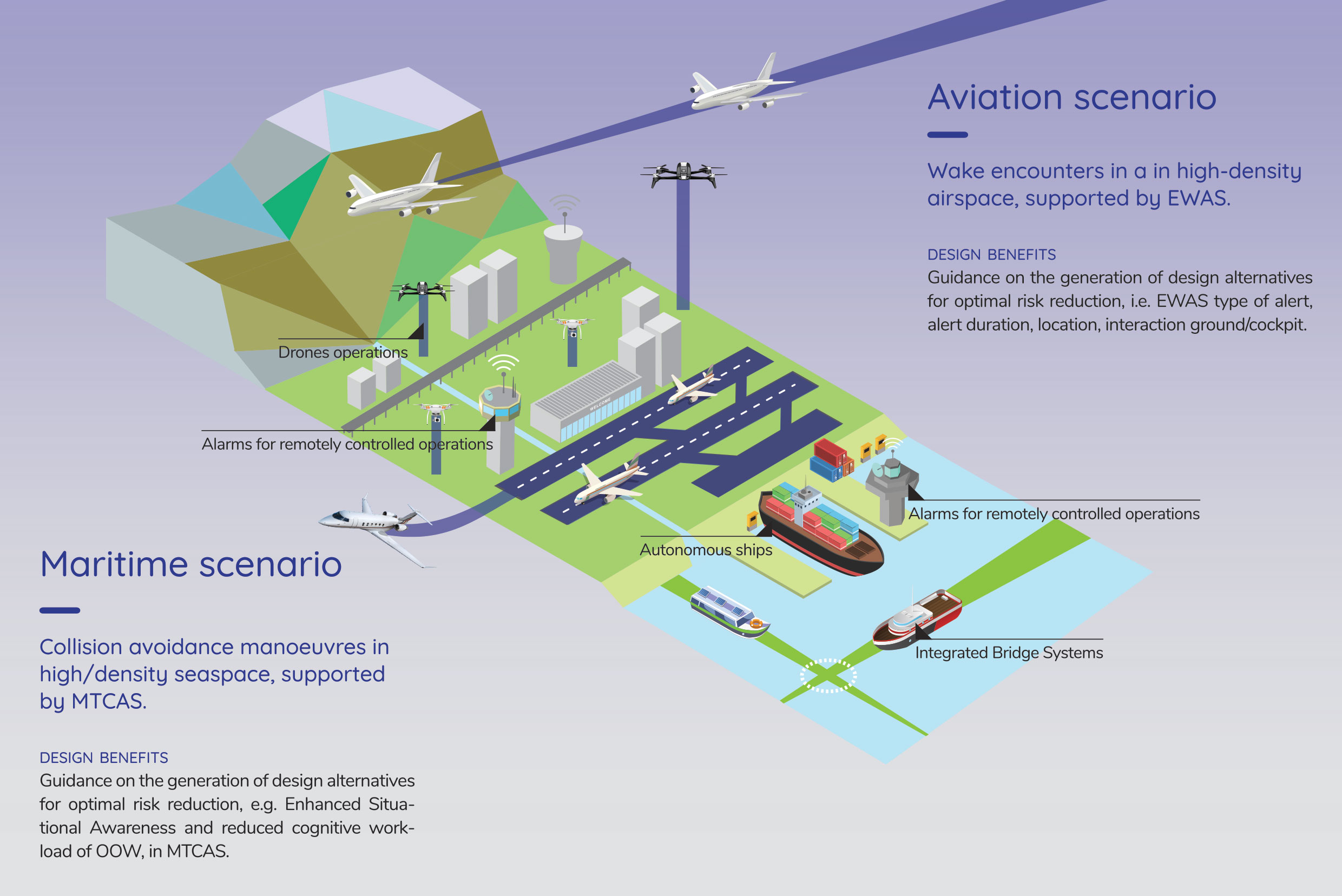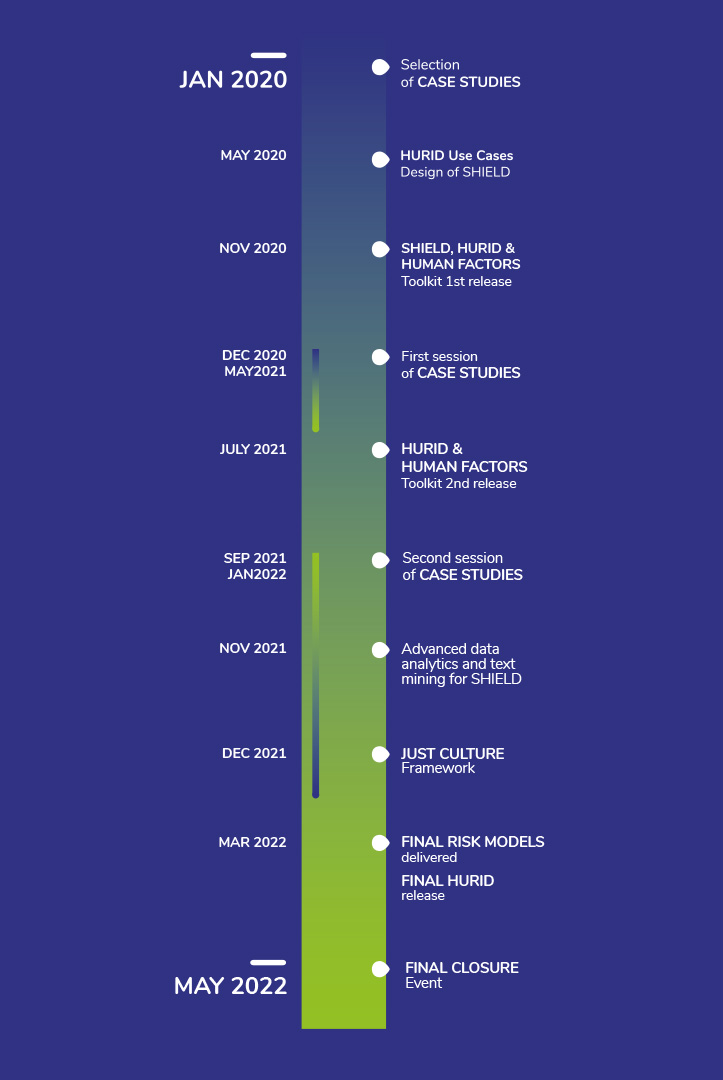SAFEMODE aims at capturing human elements / human element aspects and their interaction with other components / elements of the systems, in order to enhance safety in maritime and aviation operations. We will do so by:
Providing a cross-industry approach to capture and analyse safety events.
Providing risk models that allow human actions to be understood in relation to a safety incident.
Identifying the key performance influencing factors that are
appropriate for both
domains.
Establishing a framework for Human Factors risk able to
document and assess quantitatively the human contribution to failure and success.
Allowing designers to understand the potential impact of their design on human performance.
Allowing designs to focus on minimizing current Human Factors problems, and significantly boosting the chances of recovery from system failures and adverse events.
Performing an extensive review and selection of best in class Human Factor
methods
and tools,
customizing them for incident investigation and system / operation design
and integrating them into the HUman Risk Informed Design (HURID)
framework.
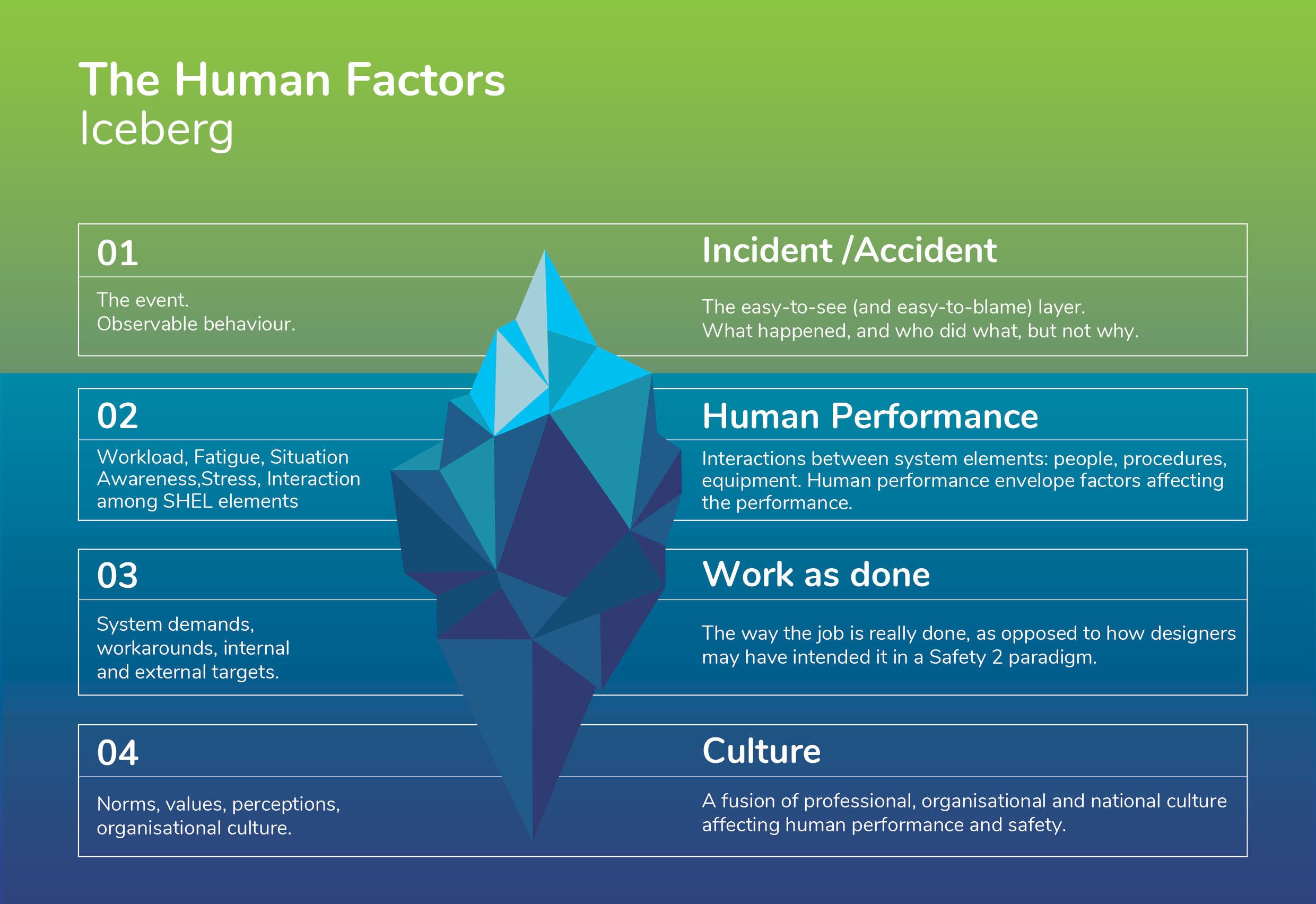
The problem:
The aviation and maritime industries recognise that Human Factors are key to safety and are investing considerable resources into dedicated Human Factors activities. Yet the discipline, data and available techniques are rarely applied at the design and safety assessment stages, when they can be most effective.
The problem lies firstly in the scarcity of good Human Factors data derived from the investigation of safety events, and secondly in the lack of effective feedback loops from operations back to designers. Currently, the only recommendations likely to be seen as cost-effective are changes to training or procedures, i.e. training operators to cope with a poorly designed system.
The solution:
SAFEMODE aims to correct this, via improved assessment and management of human risk factors within a Risk-Based Design and Operation Framework for maritime and aviation industries. This will facilitate the involvement of Human Factors disciplines and techniques in the design and safety assessment stages. SAFEMODE will achieve this by pursuing the following objectives:
Collect, analyse and structure safety data into an Open Data Repository (named SHIELD) for both the maritime and the aviation sectors.
Define sustainable state-of-the-art standards of Human Factors analysis for safety events in the maritime and aviation domains, found on SHIELD.
Design, develop, and validate, through the use of domain case studies and strong industry involvement, a risk-informed framework that supports Human Factors analysis in design and operations (Human Risk-Informed Design, HURID).
Customize HURID to the specific characteristics of the maritime and aviation domains, in order to maximize its effectiveness and suitability to the domain characteristics, whilst distilling and leveraging common lessons and Human Factors best practices across the two domains.
Support the Regulatory Framework developments in maritime and aviation, with guidelines and recommendations for effective and sustainable Human Factors analysis of safety events, within a Just Culture framework to encourage reporting, and utilizing best practices (e.g. from aviation and other industries) to facilitate continuous monitoring and learning from operations, across and between the two domains.
The SAFEMODE methodological approach follows three steps. Their end outcome is the definition and test of the HURID framework, for risk-informed design and operations.
Step 1: COLLECTION AND ANALYSIS OF SAFETY DATA
Development of the SHIELD Open Data Repository. It will gather data on human performance in safety-relevant situations: safety occurrence reports, data from (marine and air transport) normal operations and training sessions, and contextual data of operations. To structure and analyze the data, SAFEMODE will use a Human Factors taxonomy, advanced data analytics and text mining processes. In addition, we will validate the data quality and quantity across the whole process.
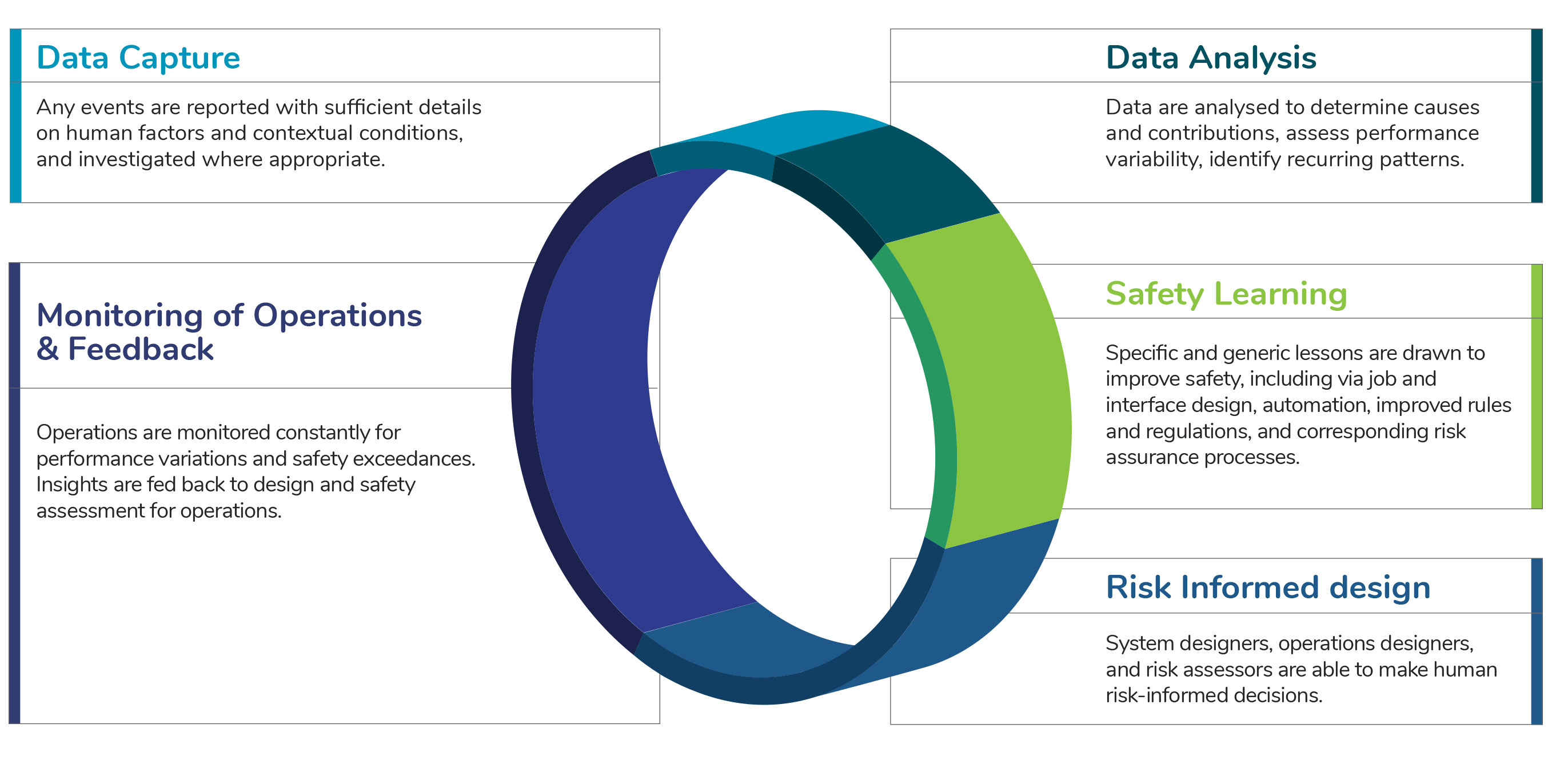
Step 2: DEVELOPMENT OF THE HUMAN ASSURANCE TOOLKIT
Development of a toolkit for Human Assurance, by exploiting the large body of knowledge that has been produced by the Human Factors community in the recent years. First, we will review existing Human Factors methods and tools, to identify the best and the most commonly adopted by industry and operations. Then, we will map methods onto the HURID Use Cases, assessing their suitability for SAFEMODE. Finally, we will be sure to customize all methods with the help of end-users, to be adopted by SAFEMODE and integrated into the Toolkit.
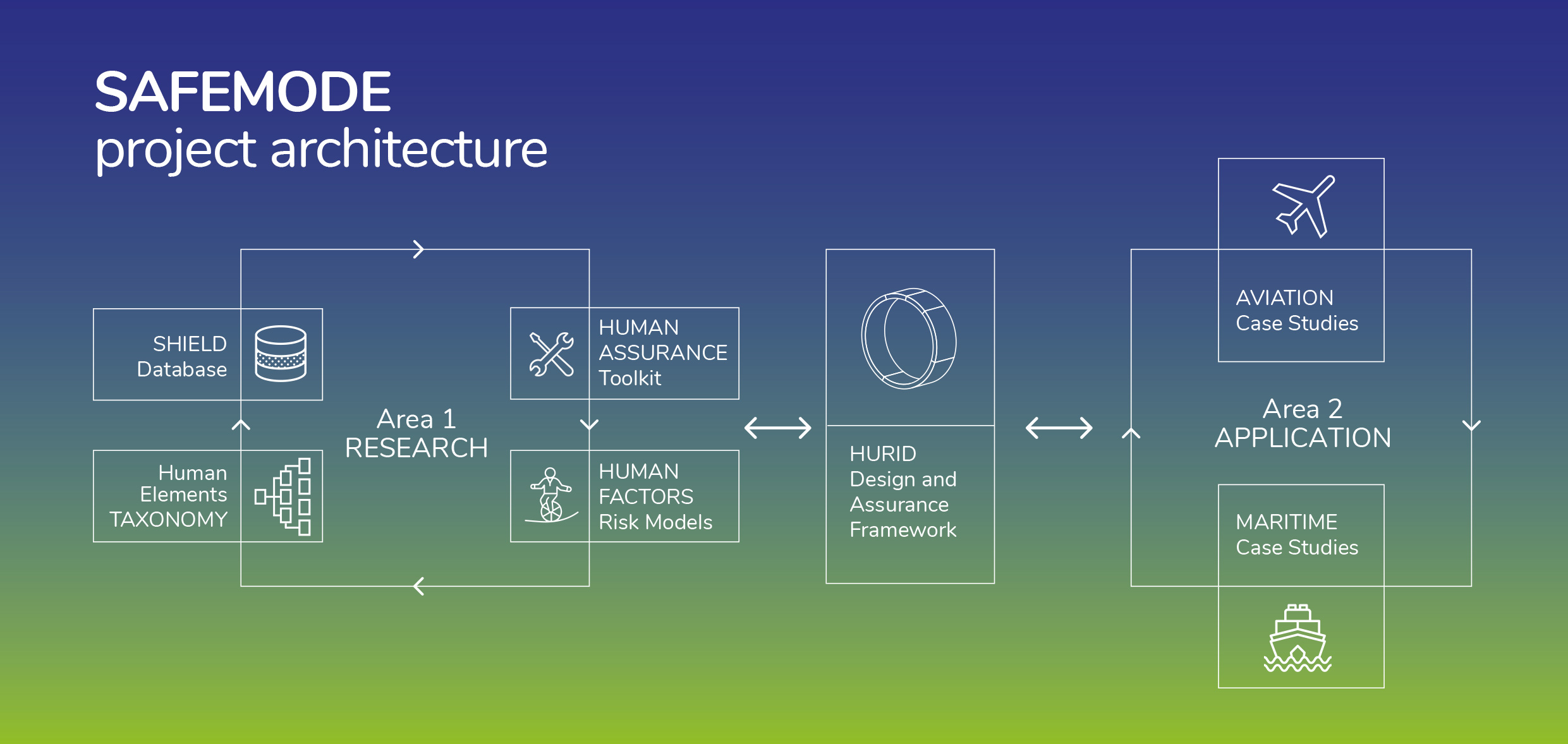
Step 3: DOMAIN CASE STUDIES AND FORWARD-LOOKING SCENARIOS
Domain Case Studies will complement the data-driven approach, in order to address three distinctive challenges of incident data. Firstly, incident reports may present a different level of detail on Human Factors aspects. SAFEMODE will gather additional data to make reports comparable. Secondly, there will not be enough data on extreme cases, which happen very rarely. Therefore, we will reproduce these cases in the simulator. Thirdly, data will not be available for future unknown risks, so SAFEMODE will develop a set of dedicated forward-looking scenarios.
The Domain Case Studies will help assess how HURID can support risk-based design and operations, and validate HURID against emerging risks in future scenarios.
